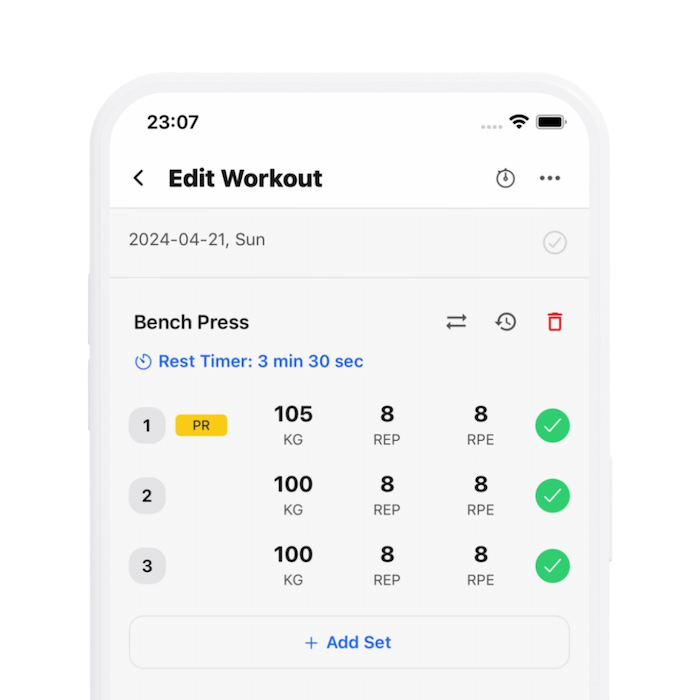30 Seconds SummaryWhat Factors Influence Injury Risk in Powerlifters? (Injury series, Part 3)
- This article concludes a series that tracked 350 powerlifters over a year to study injury rates and contributing factors.
- Research used a strict definition of acute injury, focusing on significant injuries that disrupted training for two weeks or more, excluding minor soreness and visits to chiropractors or massage therapists.
- Time and exposure to lifting were key factors in the study, with more frequent lifters having more opportunities for injury.
- Statistical analysis employed Cox proportional hazard models to understand the time until injury, identifying variables associated with increased or decreased injury risk.
- Notable findings include the significant risk factor of pre-existing limitations, which nearly tripled injury likelihood.
- Additional findings suggested that excessive cardio/circuit training could potentially increase injury risk.
- The article highlights the importance of correctly rehabbing injuries to prevent training with significant pre-existing limitations.
Stronger By Science
Andrew Patton
